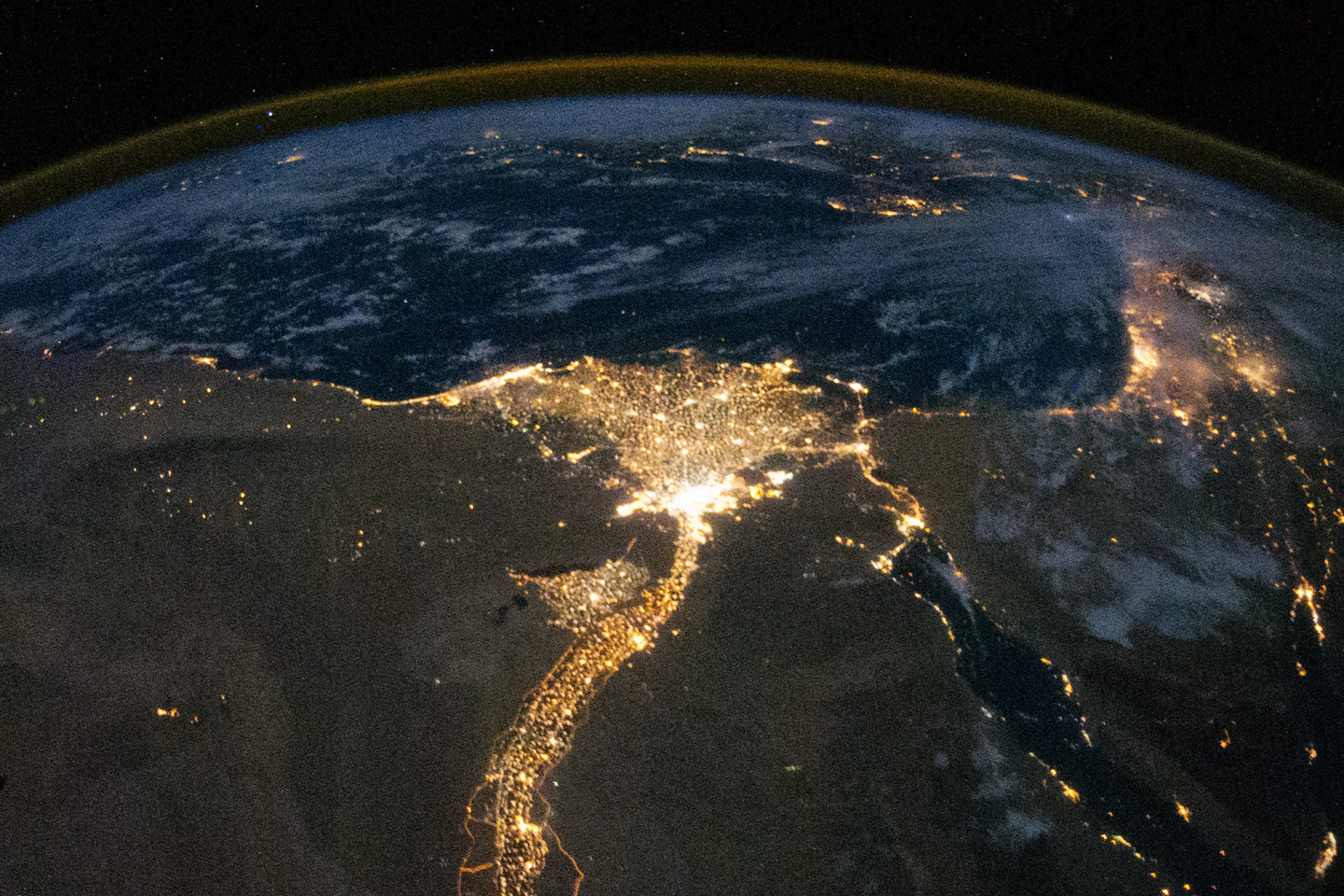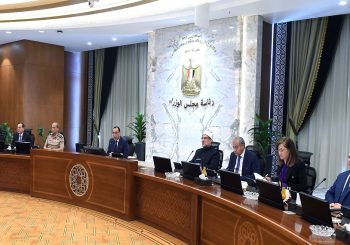For as far back as man can remember, humanity has been a race – a race towards new frontiers, but also towards marking territories. In the last century, the world stood witness to the clash of many powers, on top of which being the American and Soviet (now Russian), whose feud, despite toxic, paved the way for some advances for humanity.
Among the many arenas within which the two powers dueled was space, which they not only hoped to reach, but to conquer as well. The Space Race that spanned the late 50s and 60s was marked by two prominent feats: sending the Russian Yuri Gagarin into space in 1961, and eight years later in 1969, putting the Americans Neil Armstrong and Buzz Aldrin on the moon.
Although such achievements were celebrated as leaps for humanity, history will forever remember who actually made them happen. Besides the space giants who led the race, the space industry today witnesses an ever-growing interest in becoming part of the space league. Among the countries that are growing as recognizable players on the field are China, several European countries such as Holland, as well as some developing countries such as India.
The inevitable question remains, where does Egypt lie on the space spectrum?
Despite Egypt’s obvious distance from the space industry, it has, as a matter of fact, introduced many scientists throughout history whose theories, instruments, and even false conclusions, were stepping stones for what led humanity to what it knows about space today.

Space in Ancient Egypt
Similar to many ancient civilizations, ancient Egyptians were greatly preoccupied with outer space and the mysteries it holds. The extent to which they turned to the stars for knowledge and wisdom clearly manifests in the positioning of almost all of their grand structures, their alignment with the sun and stars and the directions they face.
According to historical records that date back to the third millennium BC, a tablet from the reign of Djer, a First-Dynasty pharaoh, describes how the heliacal rising of Sirius (a binary star system) marked the beginning of the Nile flooding. This ultimately led to the creation of the Egyptian solar calendar – one of the world’s oldest. The Egyptian solar year consisted of 12 months that comprised three seasons of 30-day four months each. To round up the total number of days to 365, the calendar included an extra intercalary month of five days at the end of the year.

One millennium later, as the ancient Egyptian astronomers continued to observe the heavens above, they not only recorded seeing Mars in the second millennium BC, but went on to give it an identity that was known as Horus of the Horizon, and later changed to Her Deshur (or Horus the Red).

Space in Roman Egypt
Shortly after the fall of the Ptolemaic era and the rise of the Roman rule in Egypt, Alexandria flourished as one of the beacons of knowledge and enlightenment for the region and the world. During the 2nd century CE, Alexandria was home to one of the most prominent Greco-Egyptian astronomers, mathematicians and geographers, Claudius Ptolemaeus, or simply Ptolemy.

Although he wrote several treatises, his fame stems from what is regarded as his most prominent astronomical piece of work, “Almagest”. Completed in 150 CE, “Almagest” includes the fruits of Ptolemy’s observations that span quarter a century, where he explains stellar motions and planetary paths. Although his scientific texts remained influential for a long time, the most controversial of his theories was the Ptolemaic system, which proposed a geo-centric model for the universe, hypothesizing that Earth lies at the centre of our solar system.

Space in Islamic Egypt
A few centuries after Alexandria’s rise to centre-stage intellectual prominence, Al-Fustat (or Cairo as we know it today) became one of the Islamic Golden Era’s scholar focal-points and enlightenment epicentres, which, similar to its harbour counterpart, presented Egypt and the world with many thinkers who altered the tracks of philosophy and science.
Born to a reputed family of scholars in the mid-10th century, Ibn Yunus al-Sadafi al-Misri was an Egyptian astronomer and mathematician whose works were revered for being ahead of their time. Based on meticulous calculations and attention to detail, Ibn Yunus was famous for his predictions that include 40 planetary conjunctions, and 30 lunar eclipses. Due to the great accuracy of his work, it remained a trusted reference for many years to follow To honour his contributions to science and space, the Ibn Yunus Moon crater was named after him.
Shortly after Ibn Yunus’s rise as a scholar, Abu’l Hassan Ali Ibn Ridwan al-Misri was born in 988 to succeed the former as a keen observer of the heavens above. Recognized as a physician, astronomer and astrologer, Ibn Ridwan’s most valued contribution is his detailed record of the supernova which took place in the year 1006 – commonly referred to as SN 1006 – one of history’s brightest stellar events.
Three centuries later in Cairo, circa 1330, a new Egyptian name was written in the history of space when Najm al-Din al-Misri wrote his treatise describing over 100 scientific, mathematical and astronomical instruments, many of which he had invented himself.

Space in Modern Egypt
Considered to be one of the very few Egyptians who are not only recognized, but highly esteemed as well in the modern space industry, space scientist Dr. Farouk al-Baz has come to be associated to numerous scholarly achievements and hands-on contributions to major space projects, such as the NASA Apollo Program.
During the Apollo years between 1967 and 1972, Dr. al-Baz assisted in the planning of scientific exploration of the moon, including a selection of landing sites for Apollo missions and the training of astronauts in lunar observations and photography.

After NASA’s success in putting a man on the moon, the 1970s defined humanity’s next frontier in space: shooting farther beyond our atmosphere to our next intra-galactic neighbour: Mars.
Standing at the forefront of what the space industry is all about today, NASA JPL scientist Dr. Essam Heggy, who earned his PhD in astronomy and planetary science in 2002 with distinguished honours from Sorbonne University, is celebrated for his extensive work on the Mars exploration projects, as well as the Rosetta Mission.
On the Rosetta Mission, Egypt made another appearance on the space arena at the hands of Mohamed Ramy el-Maarry, former planetary scientist at the University of Bern, and current scientist at the Laboratory for Atmosphere and Space Physics.
Today, many young Egyptians are out there carving Egypt’s name on the space frontier though various, world-renowned projects, such as Project PoSSUM, which includes citizen-scientist astronaut candidates Abdelraouf al-Waqad (aerospace engineering student at Embry-Riddle Aeronautical University), Ahmed Farid (space ground controllers at the German Space Operations Centre, and co-chairman of the African group at the International Astronautical Federation), Akram Amin (aerospace engineer at the German Aerospace Centre), Omar Samra (future astronaut with XCOR Aerospace, citizen-scientist astronaut candidate at PHEnOM, and member of Citizen Science Association for space science) and last but not least, Sherief Sharaf (aeronautics science student at Embry-Riddle Aeronautical University).
Other Egyptians reshaping the space industry today are Mohammed Sallam (the only Egyptian and Arab astronaut candidate for the Mars One project, and national point of contact for Egypt at the Space-Generation Advisory Council ‘SGAC’), Amr Abdelwahab (consultant at the National Research Institute of Astronomy and Geophysics, and president of the Astronomical Society of Mustafa Mahmoud mosque) and Hamed Gamal (chapter head at the Mars Society, Egyptian chapter regional coordinator for the Middle East at Space SGAC, and former project manager at Space Systems Tech Lab ‘SSTL’).
As the space industry continues to grow, will we be able to help more Egyptians participate in the Space Race? Maybe even send our first Egyptian out into space? Only time will tell.







Comments (0)